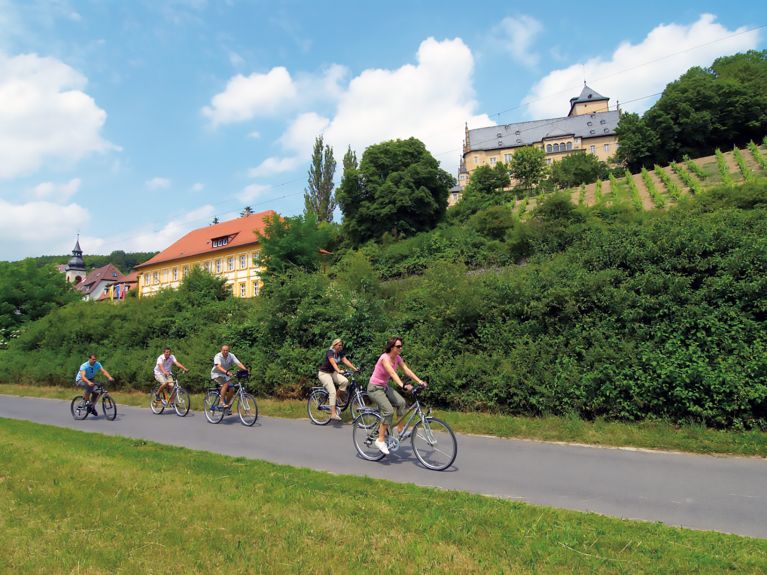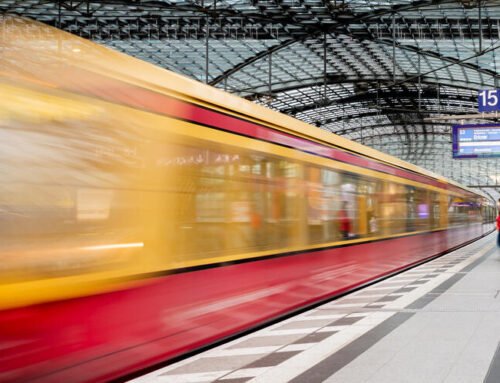Cycling in Germany: Laws and Safety Tips
Cycling in Germany: Law and Safety Tips
Cycling is a prevalent means of transportation in Germany, characterized by its extensive network of bike lanes (Radwege), picturesque routes, and bicycle-friendly urban areas. It’s no wonder that many residents choose cycling for both recreation and commuting. However, to ensure a seamless and secure trip, understanding the country’s cycling regulations and adhering to critical safety guidelines is essential. This comprehensive guide provides an overview of fundamental cycling legislation, safety protocols, and additional resources to enhance your cycling experience in Germany.
1. Regulations Governing Cycling in Germany:
The cycling regulations in Germany prioritize the safety of both cyclists and pedestrians. Here are some key points to remember:
- Designated Bike Lanes: Cyclists must utilize designated bike lanes (Radwege) wherever they’re available. Riding on the sidewalk is generally forbidden unless explicitly designated as a shared pathway for bicycles and pedestrians. You can find information on local regulations and maps of bike lanes on websites like Chancenkarte.info (German language, but the map interface is easy to navigate).
- Helmet Regulations: While helmets are not mandated for adults in Germany, their use is strongly advised. Several states enforce mandatory helmet use for children under 14 when riding as passengers on bicycles.
- Traffic Rules: Cyclists are required to adhere to the same traffic signals and regulations as motor vehicles. This includes stopping at red lights, yielding to pedestrians at crosswalks, and following traffic signs.
- Lights and Reflectors: German legislation mandates that bicycles be equipped with front and rear lights, in addition to reflectors on the wheels and pedals. Operating a bicycle without proper illumination after dusk or in low visibility conditions may result in penalties.
- Hand Signals: Cyclists are required to utilize hand signals to indicate turns and stops. This ensures that surrounding vehicles and pedestrians are aware of your intended actions.
- Alcohol Limits: Germany enforces stringent alcohol regulations for cyclists. The legal threshold is a blood alcohol content (BAC) of 0.16%. Exceeding this level may result in substantial fines or the revocation of your driver’s license. A reduced BAC limit of 0.03% may be applicable for novice cyclists or individuals involved in accidents.

2. Safety Recommendations for Cyclists:
While Germany’s infrastructure facilitates cycling, following these additional safety guidelines will further enhance your safety on the road:
- Wear a Helmet: Even though helmets are not mandatory for adults, they are crucial for preventing severe head injuries in the event of an accident. Opt for a properly fitted helmet that meets safety standards.
- Proper Lighting: Ensure your bicycle is equipped with functional lights, especially for evening or night-time journeys. Consider wearing reflective clothing or using reflective accessories to increase your visibility in low-light conditions.
- Utilize Bike Lanes: Whenever feasible, use designated bicycle lanes. In their absence, ride on the right side of the roadway, maintaining a safe distance from parked cars to avoid collisions with opening doors.
- Avoid Distractions: Abstain from using mobile phones or wearing headphones while cycling. Maintaining complete focus on the road is essential for preventing accidents.
- Exercise Caution at Intersections: Many accidents occur at intersections. Be extra cautious, watch out for turning vehicles, and make eye contact with drivers whenever possible.
- Learn the Local Traffic Regulations: Familiarize yourself with any specific cycling rules or regulations that might be in place in the city or region you’re visiting. Local authorities often provide information on their websites or through tourist information centers.
3. Bicycle Rental and Sharing:
Germany boasts a wide range of options for renting or sharing bicycles, particularly in major cities like Berlin, Munich, and Hamburg. Bike-sharing programs offer a convenient solution for short journeys, with numerous docking stations across city centers for easy pick-up and drop-off. Before using a rental or shared bicycle, be sure you understand the local traffic regulations and familiarize yourself with the bike’s condition and operation.
4. Recent Developments (2024):
In 2024, Germany has seen significant developments in bicycle infrastructure. New initiatives include the expansion of bike lane networks and the creation of Fahrradautobahnen (bicycle highways) designed to promote faster and safer cycling commutes. Additionally, discussions are ongoing regarding stricter drinking limits for cyclists and raising awareness around cycling safety.
5. Conclusion:
Cycling in Germany can be a practical, environmentally friendly, and enjoyable way to explore cities and countryside alike. By adhering to the country’s cycling regulations, prioritizing safety through proper equipment and behavior, and staying informed about recent developments, you can reap the benefits of cycling while minimizing risks on the road. Embrace the experience, explore the scenic routes, and enjoy the ride!
Additional Tips:
- Check the weather: Before heading out, check the weather forecast to avoid cycling in heavy rain or thunderstorms.
- Carry essential items: Always bring a water bottle, a repair kit, and a mobile phone with you.
- Respect other road users: Be courteous to pedestrians, other cyclists, and motorists.
- Plan your route: Use online maps and cycling apps to plan your route and identify safe cycling paths.
- Enjoy the ride: Cycling is a great way to relax and enjoy the outdoors. Take your time and savor the experience.
External Link Example:
For detailed maps of cycling routes in Germany, you can visit the website of the German Cyclists’ Association (ADFC).



